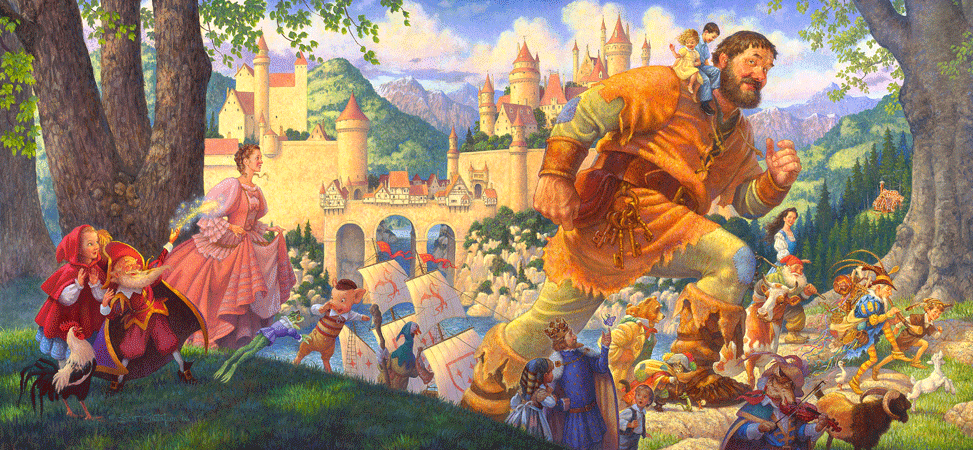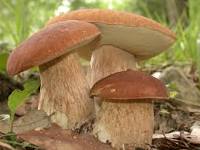Se-tenant: Rumplestiltskin by Brothers Grimm (Germany, Federal Republic 2022)
Rumplestiltskin by Brothers Grimm (Germany, Federal Republic 2022)
03 February (Germany, Federal Republic ) within release Welfare Stamps 2022 : Rumplestiltskin by Brothers Grimm goes into circulation Se-tenant Rumplestiltskin by Brothers Grimm face value 345+140 Euro cent
| Se-tenant Rumplestiltskin by Brothers Grimm in catalogues | |
|---|---|
| Michel: | Mi: DE W171 |
Se-tenant is square format.
with Michel Nr. 3664+3665+3666Also in the issue Welfare Stamps 2022 : Rumplestiltskin by Brothers Grimm:
- Booklet Pane - Rumplestiltskin by Brothers Grimm face value 345+140;
- Booklet - Rumplestiltskin by Brothers Grimm face value 345+140;
- Stamp - The Hardship : Spinning the Straw into Gold face value 85+40;
- Mini Sheet - The Hardship : Spinning the Straw into Gold face value 10*(85+40);
- Stamp - The Hardship : Spinning the Straw into Gold face value 85+40;
- Mini Sheet - The Hardship : Spinning the Straw into Gold face value 85+40;
- Mini Sheet - The Madness : The Imp's Song face value 10*(100+45);
- Stamp - The Madness : The Imp's Song face value 100+45;
- Stamp - The Rescue : The Princess Reveals Rumplestiltskin's Name face value 160+55;
- Mini Sheet - The Rescue : The Princess Reveals Rumplestiltskin's Name face value 10*(160+55);
- Se-tenant - Rumplestiltskin by Brothers Grimm face value 185+85;
- Se-tenant - Rumplestiltskin by Brothers Grimm face value 345+140;
- Se-tenant - Rumplestiltskin by Brothers Grimm face value 260+100;
- Stamp - The Hardship : Spinning the Straw into Gold face value 85+40;
Se-tenant Rumplestiltskin by Brothers Grimm it reflects the thematic directions:
Cooking, also known as cookery, is the art, science and craft of using heat to make food more palatable, digestible, nutritious, or safe. Cooking techniques and ingredients vary widely, from grilling food over an open fire, to using electric stoves, to baking in various types of ovens, to boiling and blanching in water, reflecting local conditions, techniques and traditions. Cooking is an aspect of all human societies and a cultural universal.
A craft or trade is a pastime or an occupation that requires particular skills and knowledge of skilled work. In a historical sense, particularly the Middle Ages and earlier, the term is usually applied to people occupied in small scale production of goods, or their maintenance, for example by tinkers. The traditional term craftsman is nowadays often replaced by artisan and by craftsperson.
A fairy tale (alternative names include fairytale, fairy story, magic tale, or wonder tale) is a short story that belongs to the folklore genre.Such stories typically feature magic, enchantments, and mythical or fanciful beings. In most cultures, there is no clear line separating myth from folk or fairy tale; all these together form the literature of preliterate societies. Fairy tales may be distinguished from other folk narratives such as legends (which generally involve belief in the veracity of the events described) and explicit moral tales, including beast fables. Prevalent elements include dragons, dwarfs, elves, fairies, giants, gnomes, goblins, griffins, merfolk, monsters, talking animals, trolls, unicorns, witches, wizards, magic, and enchantments.
A flame (from Latin flamma) is the visible, gaseous part of a fire. It is caused by a highly exothermic chemical reaction made in a thin zone. When flames are hot enough to have ionized gaseous components of sufficient density, they are then considered plasma.
Headgear may be worn for protection against cold (such as the Canadian tuque), heat, rain and other precipitation, glare, sunburn, sunstroke, dust, contaminants, etc. Helmets are worn for protection in battle or against impact, for instance when riding bicycles or motor vehicles. There are also hats that are worn for protection from the cold
A mushroom (or toadstool) is the fleshy, spore-bearing fruiting body of a fungus, typically produced above ground on soil or on its food source. The standard for the name "mushroom" is the cultivated white button mushroom, Agaricus bisporus; hence the word "mushroom" is most often applied to those fungi (Basidiomycota, Agaricomycetes) that have a stem (stipe), a cap (pileus), and gills (lamellae, sing. lamella) on the underside of the cap. These gills produce microscopic spores that help the fungus spread across the ground or its occupant surface. "Mushroom" describes a variety of gilled fungi, with or without stems, and the term is used even more generally, to describe both the fleshy fruiting bodies of some Ascomycota and the woody or leathery fruiting bodies of some Basidiomycota, depending upon the context of the word. Forms deviating from the standard morphology usually have more specific names, such as "bolete", "puffball", "stinkhorn", and "morel", and gilled mushrooms themselves are often called "agarics" in reference to their similarity to Agaricus or their order Agaricales. By extension, the term "mushroom" can also designate the entire fungus when in culture; the thallus (called a mycelium) of species forming the fruiting bodies called mushrooms; or the species itself.





